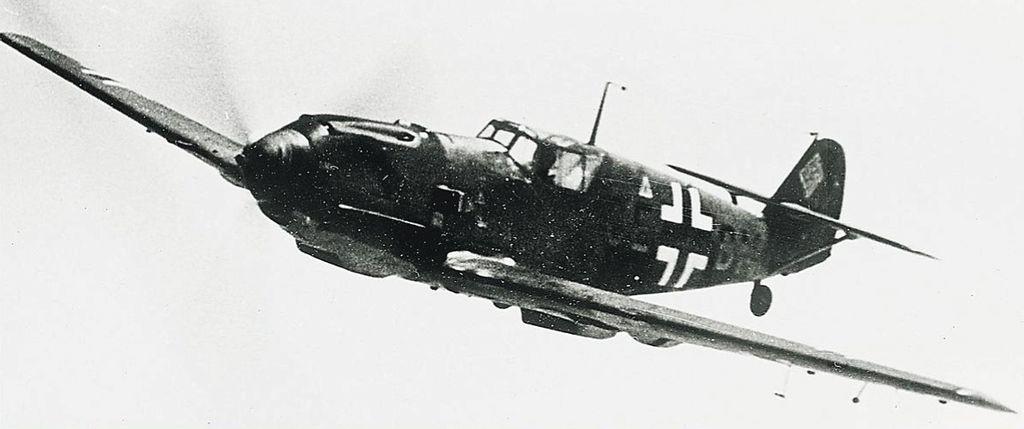UNLIMITED
COMBAT WARRIOR

The Bf 109 came about in very strange circumstances. On February 26, 1935, when the clandestine Luftwaffe officially came into being, it had already issued a requirement for a single-seat, high-speed fighter. This had been sent to three established aircraft manufacturers but not to Professor Willy Messerschmitt’s company. Nevertheless, Messerschmitt was eventually invited to submit a design, probably owing to the intervention of famous WW I ace Ernst Udet and the influence of Rudolf Hess, who was a lifelong friend of Willy Messerschmitt.
A NEW FIGHTER COMPANY FOR A NEW LUFTWAFFE
The Messerschmitt design was the unique Bf 109—a cantilevered, low-wing monoplane built of metal with a flush-riveted, stressed skin. The oval-section, monocoque fuselage had an enclosed cockpit; the single-spar wing had automatic leading-edge slats, and the inboard portions of the trailing edge carried slotted flaps. The narrow-track landing gear retracted outward into the wing, but the tailwheel was fixed. Although designed around the 610 hp Junkers Jumo 210A 12-cylinder, inverted-vee, liquid-cooled engine, the prototype was, unbelievably, powered by an imported 695 hp British Rolls-Royce Kestrel V. The first flight was made in early September 1935, and in October, it competed in the comparative trials of the four different fighters.
The second prototype flew in January 1936 with the Jumo 210A, and the third flew in June 1936. These models carried two .30-caliber (7.9 mm) machine guns above the engine cowl. In all, 13 prototype and preproduction aircraft were built before 1938; the main differences between them were armament, engines and propellers.
By autumn 1936, the choice for the new Luftwaffe fighter was between the Messerschmitt Bf 109 and the Heinkel He 112. As inspector of fighters, Lt. Colonel Udet was responsible for the final decision. He tested both types himself and found little to choose between them. He was, however, convinced that the angular and structurally lighter 109 would be easier to mass produce, so the die was cast. Although the test pilots at Rechlin Test Center preferred the Heinkel, the decision in favor of the Messerschmitt was made before their tests had been completed.
THE RACE FOR SPEED IS ON
There then followed an extraordinary series of oneupmanship flights between
You’re reading a preview, subscribe to read more.
Start your free 30 days





